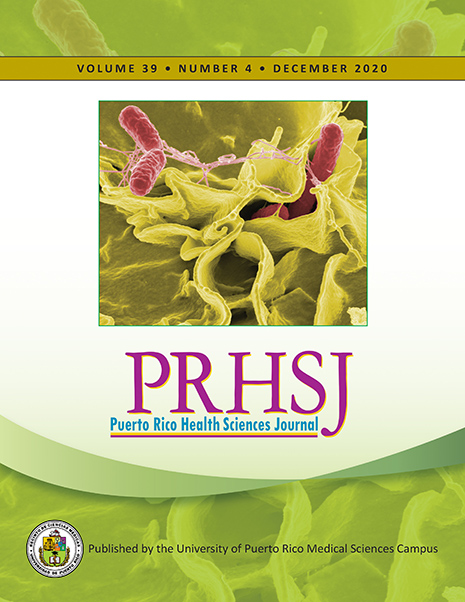Resumen
Objective: To test the hypothesis that fermentable fiber prevents Salmonella typhimurium infection-associated symptoms by enhancing innate and adaptive immune system in neonatal pigs. Methods: Two-d-old piglets (n=120) were randomized to receive either a nutritionally complete sow milk replacer formula (CON), or supplemented with methylcellulose (MCEL-non-fermentable), soy polysaccharides (SPS-moderately fermentable), or fructooligosaccharides (FOS-highly fermentable). On d7, piglets received an oral gavage of S. typhimurium-798, and continued receiving the same diets up to 48h post-infection. Ileal mucosal samples were obtained for further analyses. Results: A reduction in chloride secretion was observed in FOS when compared to other diets (p<0.0003). The number of ileal sulfo-acidomucins was higher (p<0.05) in FOS before infection compared with other diets. NFkB was inhibited in FOS following infection (p<0.05), when compared with CON. IL-1β expression was increased at 4h post-infection (p<0.05) in CON; however, this response was attenuated in the fiber groups. IL-6 expression was higher (p<0.05) in CON post- infection, higher in SPS at 24h (p<0.05), but unchanged in MCEL and FOS when compared to pre-infection values. FOS had a higher expression of neutrophil-chemoattractant IL-8 before infection (p<0.05) compared to other groups. Conclusion: The reduction in chloride secretion, proinflammatory cytokines expression and NFkB activation, and increased number of sulfo-acidomucins, and IL-8 expression in the fiber groups, indicates that the degree of fermentability impacts the innate and adaptive immune system, and could be the mechanisms by which dietary fibers reduce S. typhimurium infection-associated-symptoms in neonatal pigs and apply these results to infants.
Authors who publish with this journal agree to the following terms:
a. Authors retain copyright and grant the journal right of first publication with the work simultaneously licensed under a Creative Commons Attribution License that allows others to share the work with an acknowledgement of the work's authorship and initial publication in this journal.
b. Authors are able to enter into separate, additional contractual arrangements for the non-exclusive distribution of the journal's published version of the work (e.g., post it to an institutional repository or publish it in a book), with an acknowledgement of its initial publication in this journal.
c. Authors are permitted and encouraged to post their work online (e.g., in institutional repositories or on their website) prior to and during the submission process, as it can lead to productive exchanges, as well as earlier and greater citation of published work (See The Effect of Open Access).
